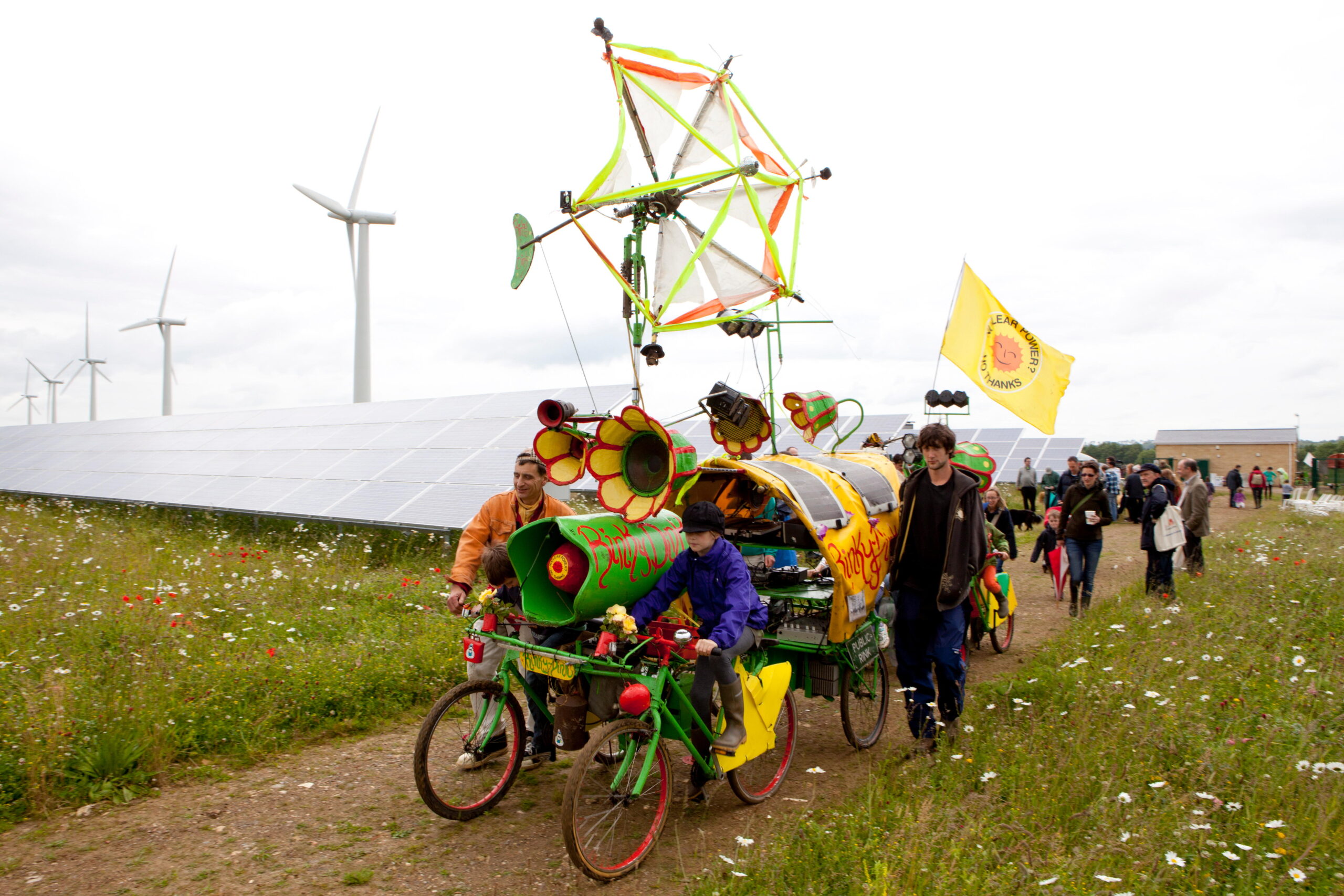
Greening the Grid
A manifesto for how we should be moving energy around the country
Clean energy is essential for tackling the climate emergency. If we want to stop climate change from getting worse, we’ll need to stop using fossil fuels.
Clean energy is essential for tackling the climate emergency. If we want to stop climate change from getting worse, we’ll need to stop using fossil fuels.
This also means we’ll have lots more electricity moving around that we’ll need to connect from where it’s generated to where it’s used. Building and upgrading this new transmission infrastructure is already happening – it’s what National Grid is calling the ‘Great Grid Upgrade’.
We’ll need more cables and pylons carrying energy, more substations to transform high voltage power to useable lower voltages, and more batteries to store renewable energy for when the wind doesn’t blow and the sun doesn’t shine.
Just as quickly, we need to regenerate the countryside to make sure nature and landscapes can better withstand the changing climate, such as more frequent and extreme weather events. This is essential. Climate change is a huge threat to food production, nature and the countryside itself. We want to ensure that future generations can enjoy a beautiful, productive and nature-rich environment.
Critically, we can’t afford for our clean energy needs to be met at the expense of a thriving countryside. People across the country care deeply about tackling the climate emergency but also regenerating, protecting and keeping the countryside beautiful at the same time. All voices should be heard as we make this big energy transition.
At CPRE, we want to see the clean energy system built, not blocked. These eight principles explain how we think it can be done well. The ‘Great Grid Upgrade’ can be greened to have the least environmental impact and the greatest benefit for people, nature and the countryside. The manifesto asks the government and energy system leaders to listen to and take up our solutions.
Together, we can quickly build a clean, fair, and countryside-friendly energy system – one that powers our future while protecting and regenerating the landscapes we love.
1. Open up a national conversation on greening the grid
Everyone should know what the ‘Great Grid Upgrade’ is about and why it’s happening, communicated through local citizen engagement events.
- Enable citizen engagement events: The government should lead a big public conversation to get feedback on the grid upgrade options before it makes the final call on where new infrastructure should go.
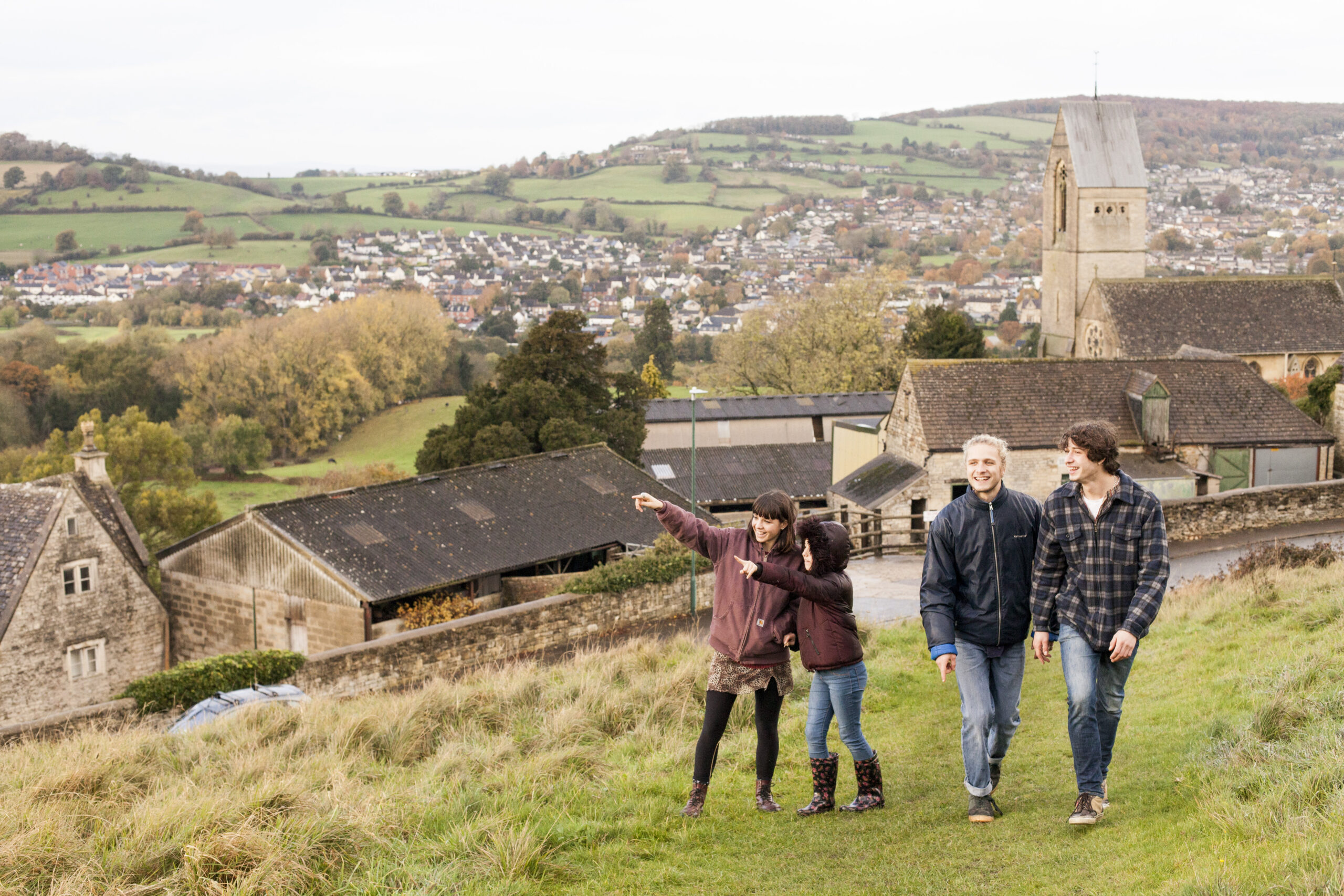
2. Empower local communities to shape their clean energy future
Local people should be meaningfully involved in the planning of Nationally Significant Infrastructure Projects (NSIPs) right from the start, advising on the best choices and how to reduce any negative impacts, as well as enhance the surrounding countryside.
- Reform NSIP planning: The government should reform NSIP planning so that affected communities are engaged early and meaningfully in the real options in a project. For example, helping guide routes of cables and pylons to the best ‘corridors’ through the landscape before decisions are set in stone. Taking the time to do this early on means community consent for projects can be reached more quickly.
- Introduce local design panels: Local people should have a say all the way through a process – we’d like to see ongoing design panels for iterative advice on best solutions.
- Introduce a developer consultation test: Energy developers should be judged by the quality and outcomes of the engagement with local people rather than how many people and how many times they consulted.

3. Rejuvenate green industrial growth
We need to see energy efficiency increase dramatically. One way to help is for government to guide heavy energy users, such as data centres, green steel, green cement and hydrogen production, to be sited closer to where energy is generated. This would also support regional economic regeneration, especially on former brownfield land. Another way is to improve the way we manage demand for energy is through more flexible solutions such as batteries, long duration energy storage and smart systems that balance supply and demand.
- Set Industrial Strategy targets: The government should embed legally binding energy demand reduction targets into the Industrial Strategy Ten Year Plan, in line with UK carbon budgets.
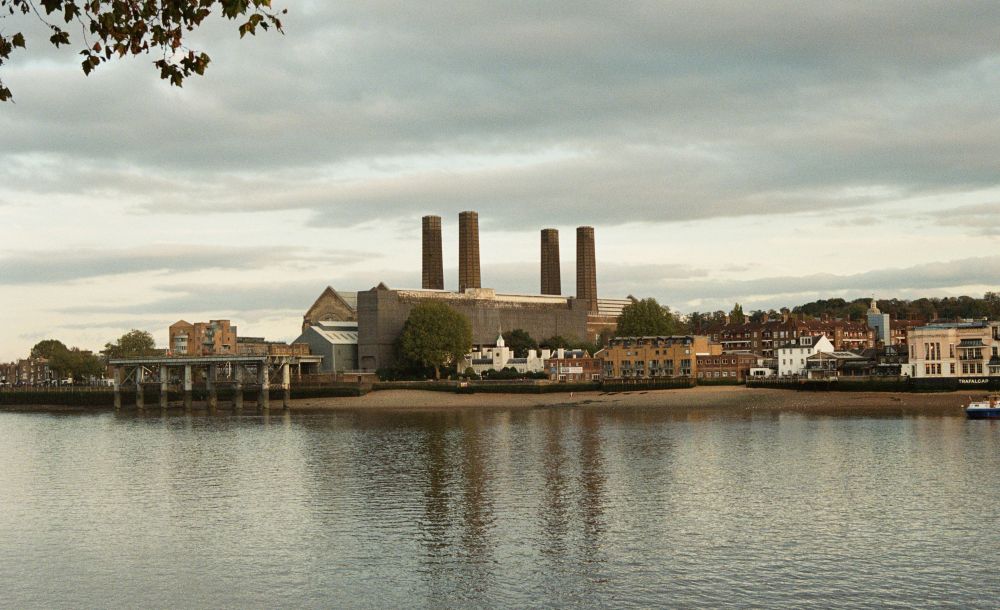
4. Aim for the best
If we want a legacy to be proud of, quality is as important as speed. The grid should be designed in a countryside-friendly way that brings rural communities on board. New technology and innovation should drive efficiency and locally appropriate design. For example, smarter cable materials and superconductors increase efficiency by allowing existing electricity lines to carry more power and smaller ‘T’-pylons and/or other more sensitive pylon designs can reduce visual impact for local communities.
- Engage people on the big principles: To help public buy-in, we’d like the National Energy System Operator (NESO) to have a wider two-way conversation with communities on the big principles shaping the design of the grid, before publishing the Electricity Transmission Design Principles.
- Drive local innovation: Developers should show and communicate more ambition for a range of locally appropriate best practice design to help reduce impacts on landscapes and nature.
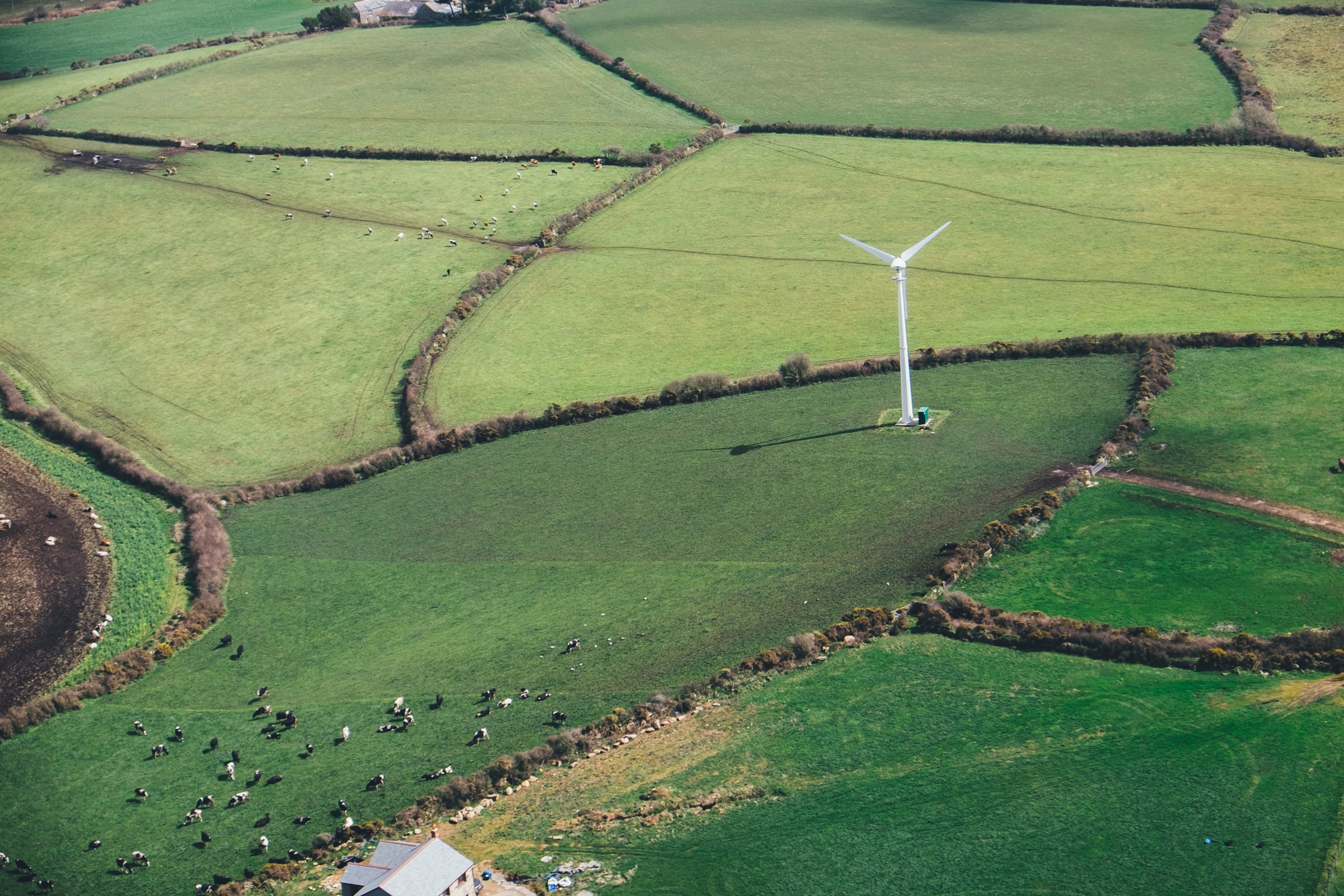
5. Build more of the grid offshore
We need to plan for the majority of our grid and wind farms to be offshore, reducing the need for onshore infrastructure significantly and avoiding the worst visual impacts. This means electricity cables under the sea whilst minimising impacts on coasts and marine biodiversity.
- Set ambitious offshore grid targets: The government should consult and set a target for more of our energy grid to be offshore by 2035.
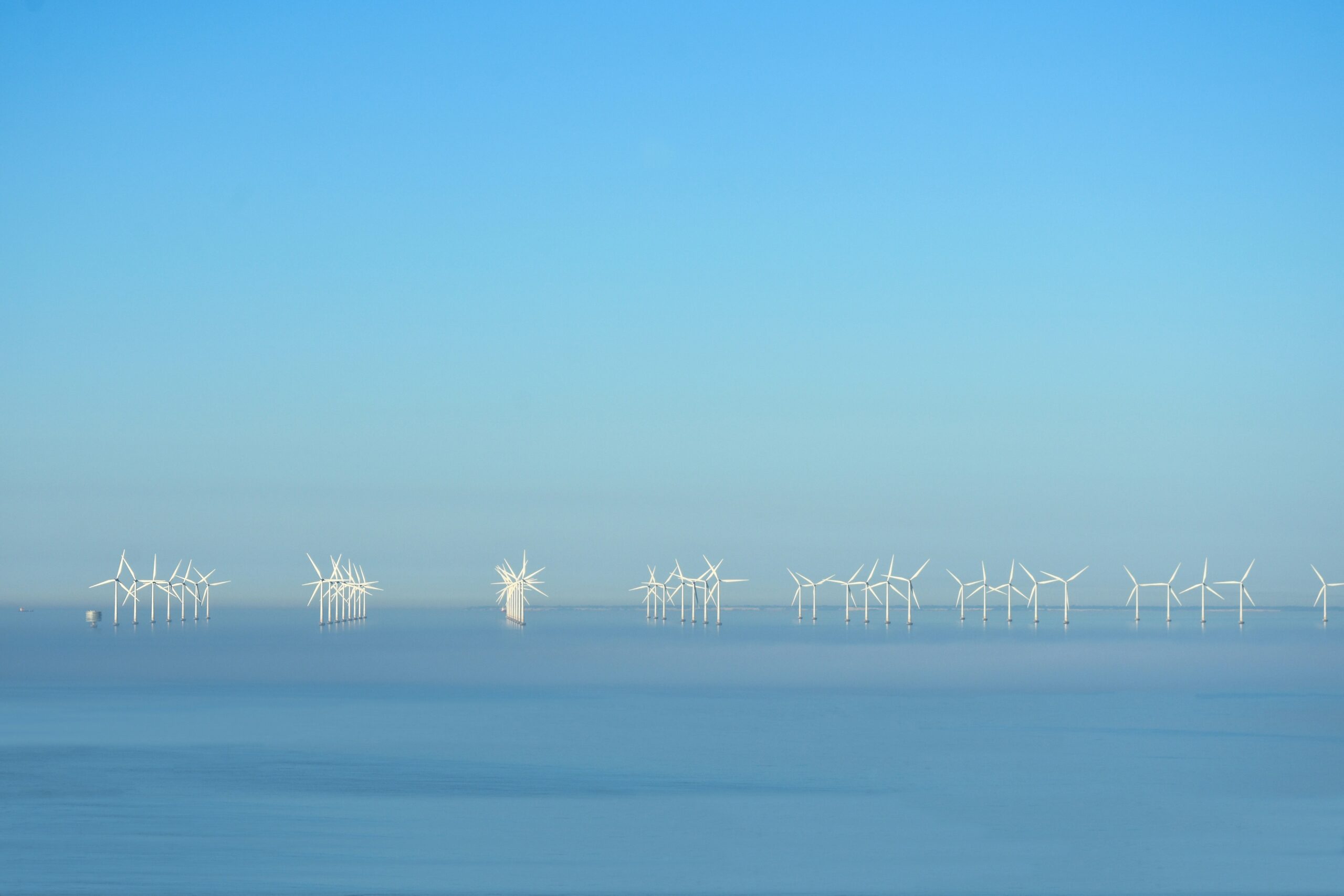
6. Protect sensitive landscapes
Nature and rural landscapes should not be collateral damage in our mission to build a clean power system. It is non-negotiable that environmental and landscape character impacts should be fully assessed, weighed against any other benefits and then any harms significantly reduced where possible.
- Avoid infrastructure in protected areas: National Grid should ensure that electricity transmission lines avoid designated landscapes and any new cables in national parks and national landscapes should be put underground.
- Underground more cables: National Grid should widen the circumstances in which underground cables can be used when planning energy infrastructure in any sensitive or valued countryside (not only in legally protected areas) and promote this with new design guidance.
- Remove existing lines from the landscape: The Department for Energy Security and Net Zero, Ofgem, Britain’s energy regulator, and National Grid should widen the circumstances in which underground cables can be used when planning energy infrastructure in any sensitive or valued countryside (not only in legally protected areas) and promote this with new policies and guidance on undergrounding cables.

7. Use this opportunity to regenerate the countryside
When planning the grid upgrade, leaving the environment in a better state than it was before should be the new normal. We should be improving and regenerating the countryside around our energy infrastructure.
- Embed environmental net gain: The government should ensure that all major infrastructure projects contribute positively to nature recovery and climate goals beyond merely reducing harm, and this should include landscape scale recovery and gain.
- Strengthen environmental protections: The government should set a non-negotiable expectation for all new energy infrastructure that environmental impacts must be fully assessed, weighed against other benefits of the proposed development and any harms reduced appropriately.

8. Prioritise ‘local smart grids’ to unlock more community energy
Local and community renewables, like smaller scale solar, heat pump and battery solutions, need flexible, two-way grid connections that are ‘smart’. This means they enable efficient use and storage of the energy generated locally and the selling back of any excess to the wider grid to create community income. More local smart grids would also minimise the need for long distance transmission infrastructure and can lead the way as a fast and popular route to local energy resilience.
- Prioritise community energy in planning: Reform the National Planning Policy Framework (NPPF), so that community-led energy schemes get the same level of encouragement as community-led housing schemes.
- Increase investment: Ofgem should direct regional electricity networks to invest more into local smart grids that will plug in many more local and community energy schemes.
- Speed up connection for local schemes: Add a fast-track route for community energy schemes in the queue of energy developments awaiting permission to connect to the grid.
- Unlock the power of our roofs: The government should increase Clean Power 2030 targets for rooftop solar, with more focus on enabling connections for warehousing and other large-scale rooftops.
